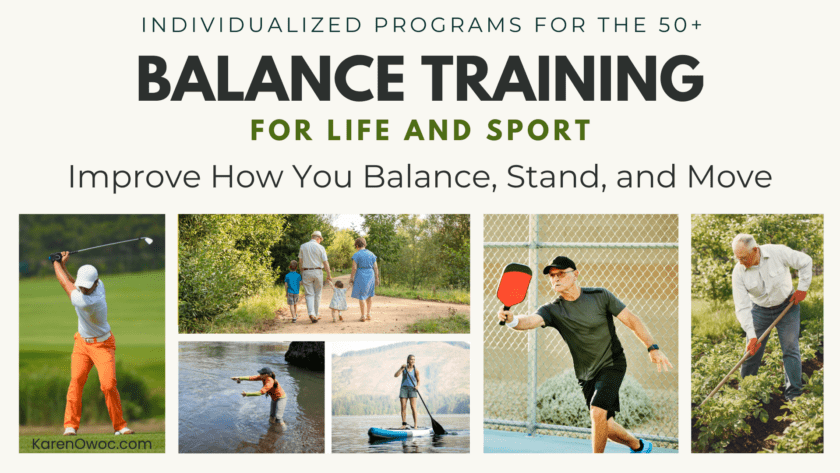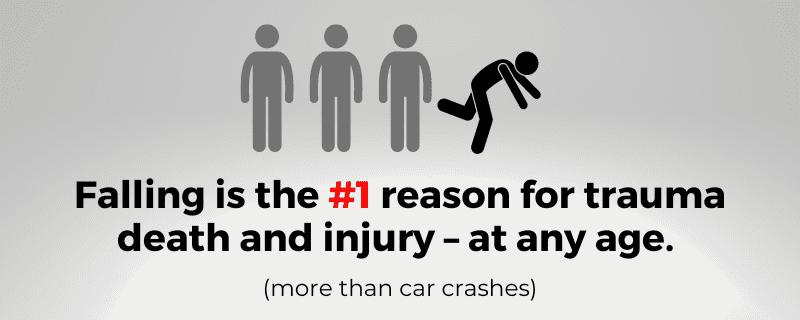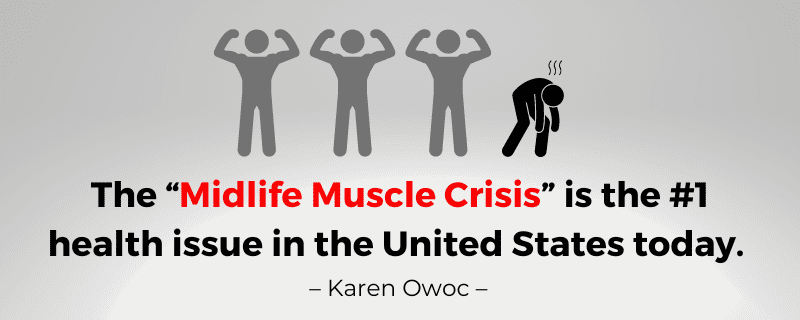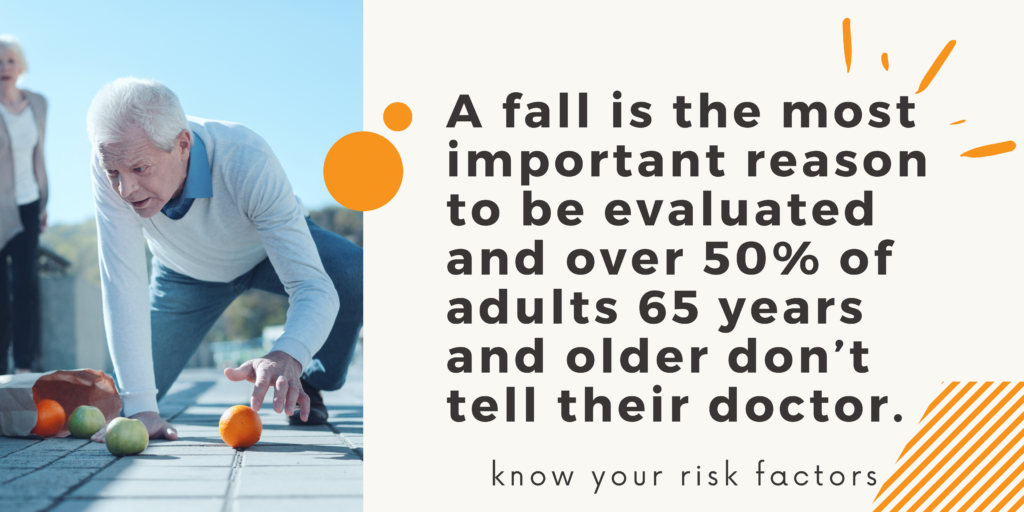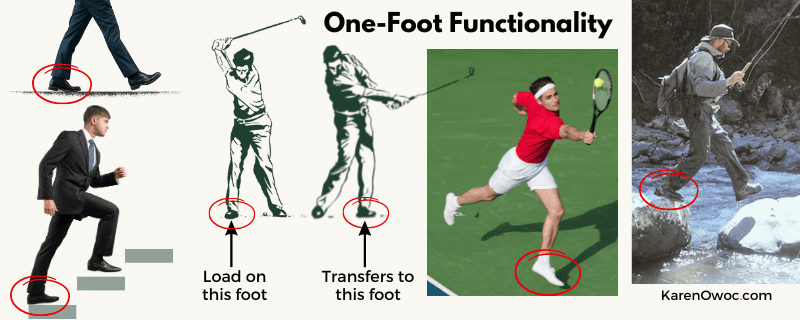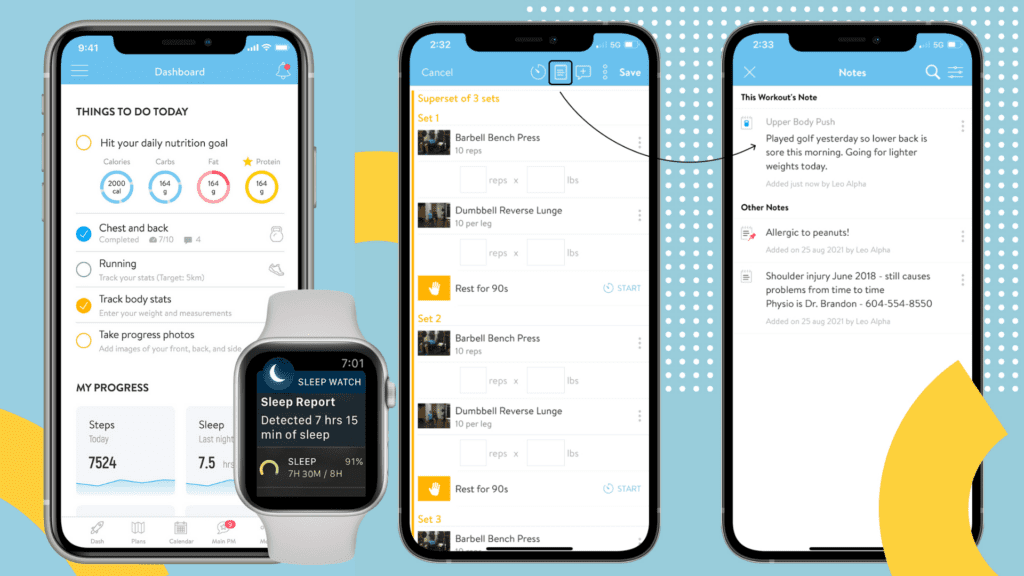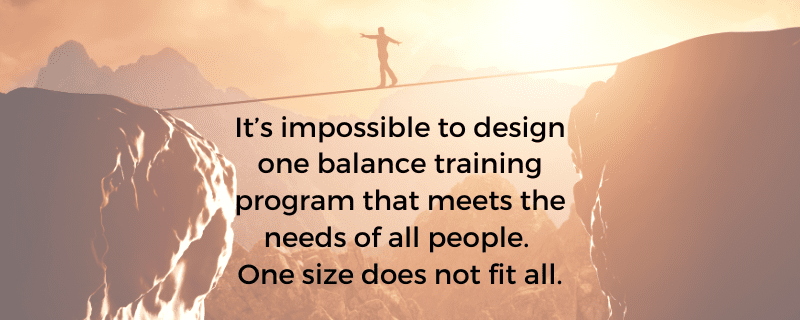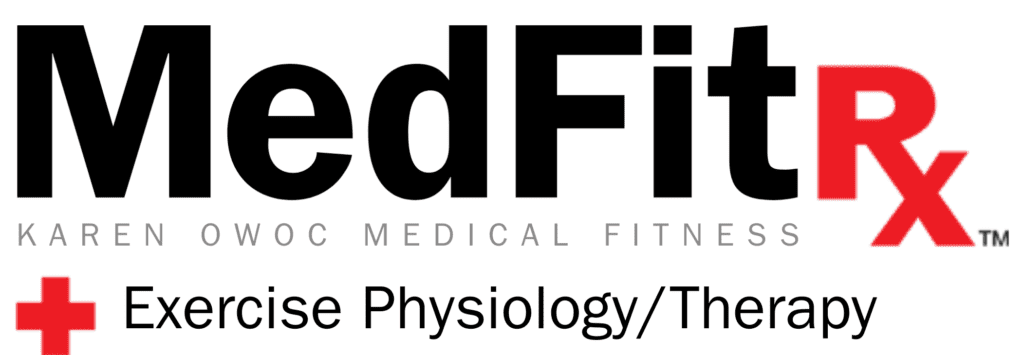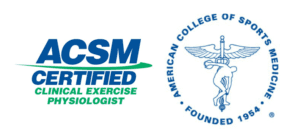It’s not just frail, older adults that fall.
Those who participate in physically challenging activities that require balance and agility also fall.
So it’s important to include the foundational elements in your exercise program that are known to improve and impact balance. The goal of balance training is to stay slightly off balance while exercising, so you can train your body to stabilize.
28% of adults 65+ (over 36 million) fall down each year
Want to Up Your Fitness Game?
Your body can improve how it functions and performs.
Are you a health seeker concerned about your longevity or looking to upgrade your workout routine?
Are you an active sportsman?
Are you an avid gardener?
Are you a ‘homebody’?
That is, you rarely leave home because you fear falling, or you worry about being a burden because you can’t keep up with your family and friends? Have you lost your independence?
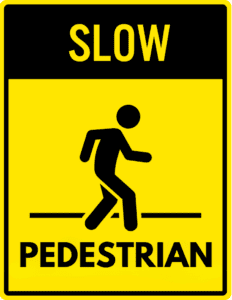 *A slow walking speed is a predictor of falls; characteristic of someone with limited mobility and is physically inactive; and is associated with excess fat mass, lower lean mass, and mortality. Studies also show a faster gait can decrease abdominal (visceral) fat.
*A slow walking speed is a predictor of falls; characteristic of someone with limited mobility and is physically inactive; and is associated with excess fat mass, lower lean mass, and mortality. Studies also show a faster gait can decrease abdominal (visceral) fat.
Balance and Aging
Balance naturally declines with age due to many factors, in particular, age-related muscle atrophy (wasting away) – a condition known as sarcopenia.
Muscle loss starts in your 30s and without an intervention, it will continue to decline at an accelerated rate as you age. Once you hit your 50s, you lose 5 to 10% of your muscle per decade.
From age 50 to 65, 15 pounds of muscle is typically lost. You may weigh the same as you did in your 20s, but your body composition is likely very different. The gradual decline of muscle makes a balance training program particularly essential for adults.
Why Yo-Yo Dieters Are at a Higher Risk of Falling
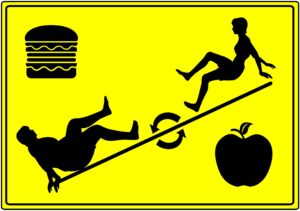 If you’re a chronic dieter or spent a lifetime “dieting”, you are particularly vulnerable to sarcopenia and a life-changing fall.
If you’re a chronic dieter or spent a lifetime “dieting”, you are particularly vulnerable to sarcopenia and a life-changing fall.
Yo-yo’ing up and down the scale will decrease your muscle mass, increase your percentage of fat, and slow down your metabolism.
Twenty-five percent of the weight lost is muscle, so if you lost weight and gained it back, you ended up with a fatter, less muscular body compared to when you started. Each time you yo-yo, you lose more and more muscle.
The 3 Types of Falls
More than 95% of hip fractures are caused by falling. Falls are the second leading cause of traumatic brain injuries.
- ANTICIPATED (physiological) – These are falls that can be identified in advance due to risk factors, such as muscle imbalances, muscle weakness, abnormal gait, excess belly fat, poor posture, mental status, vision problems, foot pain/numbness, frequent toileting needs, or high-risk medications.
- UNANTICIPATED (physiological) – These are falls that occur in people with low fall risk and occur from events, such as strokes, syncope (fainting), or seizures.
- ACCIDENTAL (mechanical) – These are falls the occur in people with low fall risk and occur from physical, environmental hazards (e.g., tripping hazards, poor lighting, slippery floors or tubs).
Do You Train On One Leg?
Because everything we do is on one leg, starting with walking. Good balance can make the difference between a fall and a ‘near fall‘ (when sufficient recovery mechanisms are activated).
Being proficient on one foot is required to perform activities of daily living and to participate in sports.
The Foundation of Good Balance
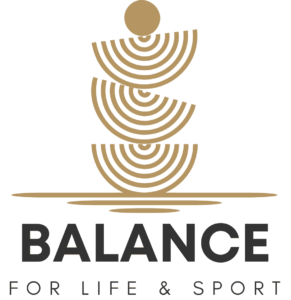 Program elements include seven specific physical factors that increase core stability, enhance sports performance, reduce fall risk, and improve fall recovery. Think of each of the following factors as a part of the interconnected chain.
Program elements include seven specific physical factors that increase core stability, enhance sports performance, reduce fall risk, and improve fall recovery. Think of each of the following factors as a part of the interconnected chain.
Joint Mobility (both range of motion and stability)
Sensory Stimulation (visual, vestibular, and sensorimotor systems)
Muscle Strength
Muscle Power
Static Balance
Dynamic Balance
Gait Enhancement
It’s important to perform a new exercise program consistently for 12 weeks, so that your body – specifically the CNS (central nervous system), muscles, and metabolic pathways – can adapt to the exercise stimulus.
Why Our Balance Training Program Works
Therapeutic training includes:
- A research-proven baseline functional assessment to evaluate your current functional status and to observe your movement quality. Good outcomes are the result of an effective exercise prescription; and an effective exercise prescription needs functional assessments to know which areas to target.
- An individualized exercise prescription based on your assessment delivered to you on the Karen Owoc Medical Fitness app where your progress is tracked in real time. Train online either inside the gym or in the comfort and security of your own home. Your customized balance training routine will be the most effective combination of the physical factors. Research has shown that these exercise domains should be the foundation of every adult’s balance training program.:
Exercise videos of each exercise displayed in HD that demonstrate the movement with the correct form and posture if you’re not sure how to perform the prescribed exercises.
Two-way messaging (texting) for support, motivation, to answer questions, provide feedback, and keep you accountable.
Your exercise prescription is accessible via the Karen Owoc Medical Fitness app (above).
You’re Only As Strong As Your Weakest Link
Think of your body as a ‘kinetic chain‘, where each body part is connected to another.
When one of your body parts is weak and/or if one of these factors is ignored by exercise programming, it will be the weakest link. Another body part will have to compensate, and the entire chain will eventually fail, putting you at risk for injury or a fall.
A lot of the pain and injuries experienced through the structural aging process are a consequence of muscle imbalances, muscle atrophy, and immobility in the joints that are reflected in your balance.
A “cookie cutter” strengthening program cannot address all aspects of what your body needs. For example, your functional assessment may reveal you have excellent muscle strength, however, your joint mobility may be below average and your static balance may be above average. Your sensory function may be poor along with your muscle power and dynamic balance – all while walking with an abnormal gait. Your exercise prescription will be built around your specific strengths and weaknesses.
Recommended Related Posts/Videos
Why Balance Is a Predictor of Longevity
Six Warning Signs You’re Likely to Fall Down
Why a Big Belly Increases the Risk of Falling Down
How to Exercise for Better Balance (Why the Types of Exercise Matter)
Need Help On Your Journey?
We can never predict when a fall will occur and nothing stops us faster than a fall. It’s likely you know of someone that has had a life-changing accident. I know many over the course of my career and in my personal life. Don’t curtail the hobbies and sports that you love because you think the aging process has now limited your physical abilities. YOUR BODY CAN CHANGE – and it’s never too late to take control. Please don’t postpone being proactive.
![]() Click on the “Get Started” button to begin your health journey. Feel free to Contact Me if you have any questions.
Click on the “Get Started” button to begin your health journey. Feel free to Contact Me if you have any questions.
 New News!
New News!
Exciting News! I am very pleased and honored to have recently partnered with Dr. Christian Thompson. We share a lifelong mission to promote mobility, increase longevity, and improve quality of life. I couldn’t be more excited to join forces. Dr. Thompson is a respected professor in the Department of Kinesiology at the University of San Francisco and an affiliate researcher in Neurology at UCSF Medical Center.
He published many scientific articles on exercise program design for older adults in peer-reviewed journals, such as Medicine and Science in Sports and Exercise, Journal of Aging and Physical Activity, and Journal of Applied Research, and advises leading industry groups, including the Functional Aging Institute. Dr. Thompson’s mobility videos are integrated in my fitness app and will add a well-researched, science-based dimension to your balance training prescription.
Exercise gives you the ability to change the way you age.
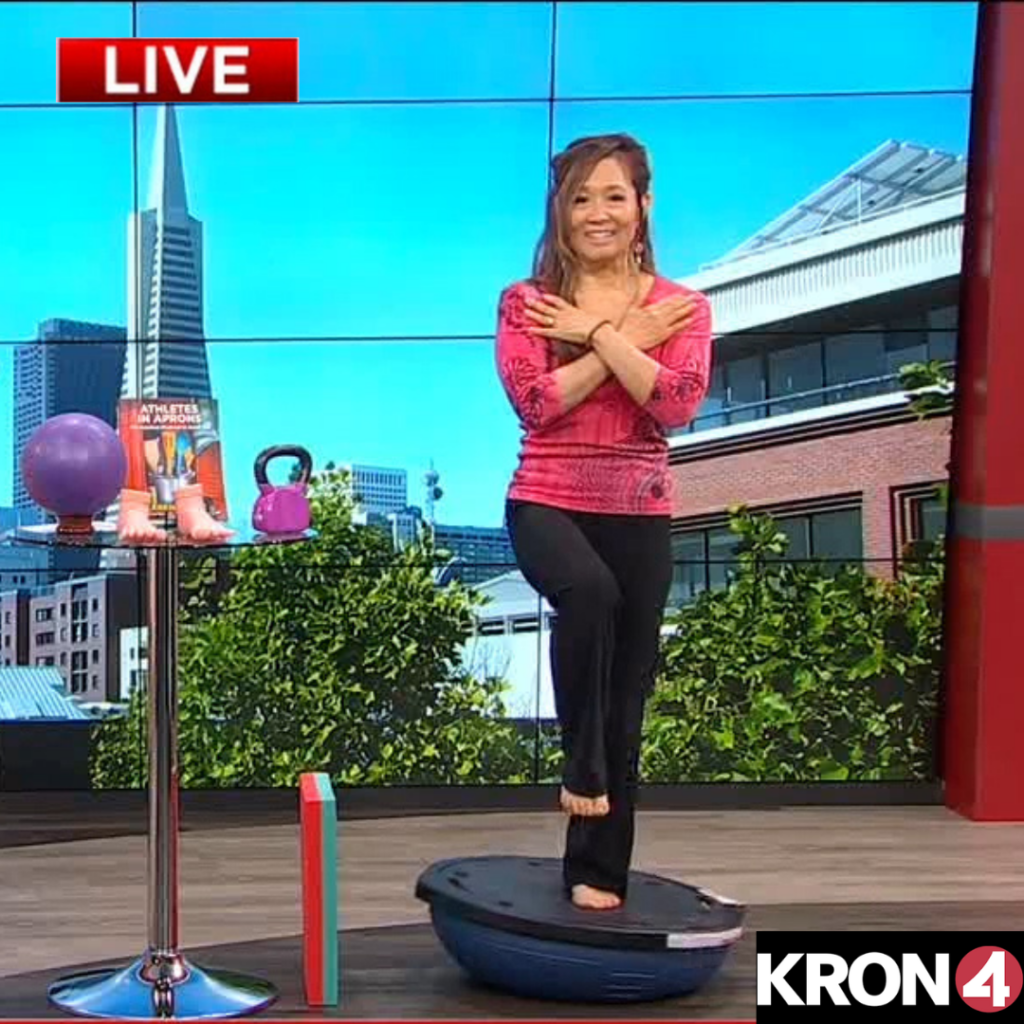
Karen Owoc, ACSM-CEP, ACSM/ACS-CET
- Bachelor of Science in Kinesiology, concentration in Biodynamics
- Certified Clinical Exercise Physiologist, American College of Sports Medicine
- Certified Cancer Exercise Trainer, American College of Sports Medicine
- Pulmonary Rehabilitation Certificate, American Association of Cardiovascular and Pulmonary Rehabilitation
- Certified Memory Program Specialist, University of California, Los Angeles
- Certified Fitness Nutrition Specialist, American Council on Exercise
- Certified Orthopedic Specialist, American Council on Exercise
- Certified Balance Training Specialist, Zibrio
- Certified Living Strong, Living Well Instructor (cancer), Stanford School of Medicine
- 2014 San Francisco Peninsula Press Club Award
- 2008 Richard M. Aronson Special Service Award

